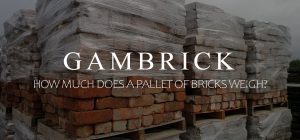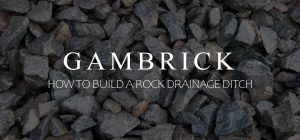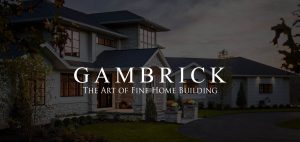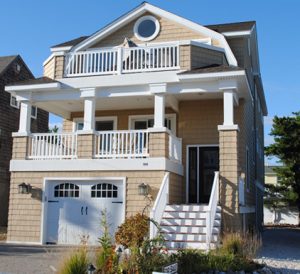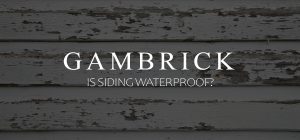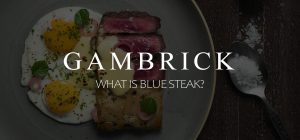
Why Is Concrete Gray?
Concrete’s natural color is gray because of the ingredients its made of. Dry concrete powder is a mixture of cement, aggregate stone and sand. When you mix those ingredients together with water, it dries to create gray concrete. The main active ingredient used to make concrete is cement. The natural color of concrete is gray because the color of the cement is typically gray. And the reason cement is gray also has to do with its ingredients.
Cement is made from 60-65% Lime (calcium oxide or calcium hydroxide), 17-25% Silica (silicon dioxide), 3-8% Alumina (aluminium oxide), 1-3% Magnesia (magnesium oxide), 0.5-0.6% Iron oxide, 0.1-0.5% Calcium sulphate, 1-3% Sulfur trioxide, and 0-1% Alkaline. The ingredients are typically extracted from limestone, clay, marl, shale, chalk, sand, bauxite, and iron ore. These ingredients are ground up and super heated in a kiln to create a new material called clinker. Once cooled, the clinker is ground up and mixed with small amounts of gypsum or limestone to create cement.
The Iron Ore used to create cement is black. When it’s combined with the other materials it makes the cement gray.
The sand used to make concrete typically has very little pigment and appears grayish. This also helps create gray concrete.
Stone aggregate can be different colors, but generally the stone is forced under the surface during troweling so you don’t see it. What you’re generally seeing when you look at a concrete slab is the sand and cement mixture.
Concrete can turn different colors over time for a variety of reasons, for example efflorescence can turn concrete white, but its natural color will still be gray.
Why Is Some Concrete White And Some Gray?
Some concrete is white and some gray because of the cement that’s used to make it.
Cement comes in a variety of types each designed for a different application. Gray cement and white cement have the same basic structural capacities but different processing requirements.
Manufacturers obtain the raw materials that make cement from quarries or mines. The raw materials they use effect the color of the cement.
- Gray cement obtains its color from raw materials that contain iron, manganese, chromium and magnesium oxides.
- White cement is made from limestone and may contain crushed marble. This makes it very white in color.
White and gray cement go through the same grinding and heating processes. Raw ingredients are super heated in a kiln at 2600+ degrees Fahrenheit to create gray pellets called clinker. Gypsum or limestone is then added to the clinker and ground into a fine powder.
Gypsum creates a more gray cement while limestone creates a whiter powder.
White cement powder is usually finer than gray cement powder because it contains limestone.
Gray cement costs about half as much to produce as white cement which is why it’s more common. White cement has the same structural capabilities as gray cement, but its more expensive. Because of the cost, it’s used more for its looks and less for structural applications.
Is Concrete Always Gray?
No, concrete is not always gray. It color depends mainly on the type of cement that’s used to make it. But the sand and stone effect its color too.
When concrete is made using white cement, it appears more white. When it’s made with the more common, and cheaper, gray cement, it’s more gray. This is the color most people think of when they picture concrete. But concrete can also be a bit greenish. This happens sometimes when the ingredients made to make the cement have a green tint.
The color gray can vary a bit too. Sometimes it’s darker and sometimes lighter. Although most concrete slabs have a medium to light gray color.
Pigment can be added into wet concrete to change it’s color. This is very common with stamped concrete. But because the color is consistent and all the way through the concrete, it’s generally considered a fake look.
Colored powders can be spread over the concrete surface as it cures. Multiple colors can be added to the surface at a time to make the look appear more natural.
Stains can also be added to concrete to change it’s color.
Although concrete’s natural color is generally gray or white, it can be colored in other ways.
Summary: Why Is Concrete Gray?
Concrete’s natural color is gray because of the ingredients its made of. Dry concrete powder is a mixture of cement, aggregate stone and sand. When you mix those ingredients together with water, it dries to create gray concrete. The main active ingredient used to make concrete is cement. The natural color of concrete is gray because the color of the cement is typically gray. And the reason cement is gray also has to do with its ingredients.
Cement is made from 60-65% Lime (calcium oxide or calcium hydroxide), 17-25% Silica (silicon dioxide), 3-8% Alumina (aluminium oxide), 1-3% Magnesia (magnesium oxide), 0.5-0.6% Iron oxide, 0.1-0.5% Calcium sulphate, 1-3% Sulfur trioxide, and 0-1% Alkaline. The ingredients are typically extracted from limestone, clay, marl, shale, chalk, sand, bauxite, and iron ore. These ingredients are ground up and super heated in a kiln to create a new material called clinker. Once cooled, the clinker is ground up and mixed with small amounts of gypsum or limestone to create cement.
The Iron Ore used to create cement is black. When it’s combined with the other materials it makes the cement gray.
The sand used to make concrete typically has very little pigment and appears grayish. This also helps create gray concrete.
Stone aggregate can be different colors, but generally the stone is forced under the surface during troweling so you don’t see it. What you’re generally seeing when you look at a concrete slab is the sand and cement mixture.
If you have any questions or comments about concrete, email any time.

John Mazzuca | About | More Posts |
Custom Home Builder
John Mazzuca is a custom home designer and builder at Gambrick with over 25 years experience in the construction industry. John has designed, built and/or remodeled hundreds of homes, small buildings, and commercial projects. He writes about business, real estate, home building, and household electronics. His work has been featured in Fox Business, Better Homes & Garden, House Beautiful, and more.


